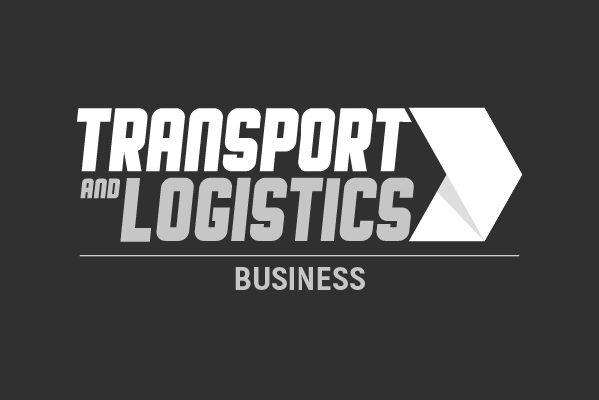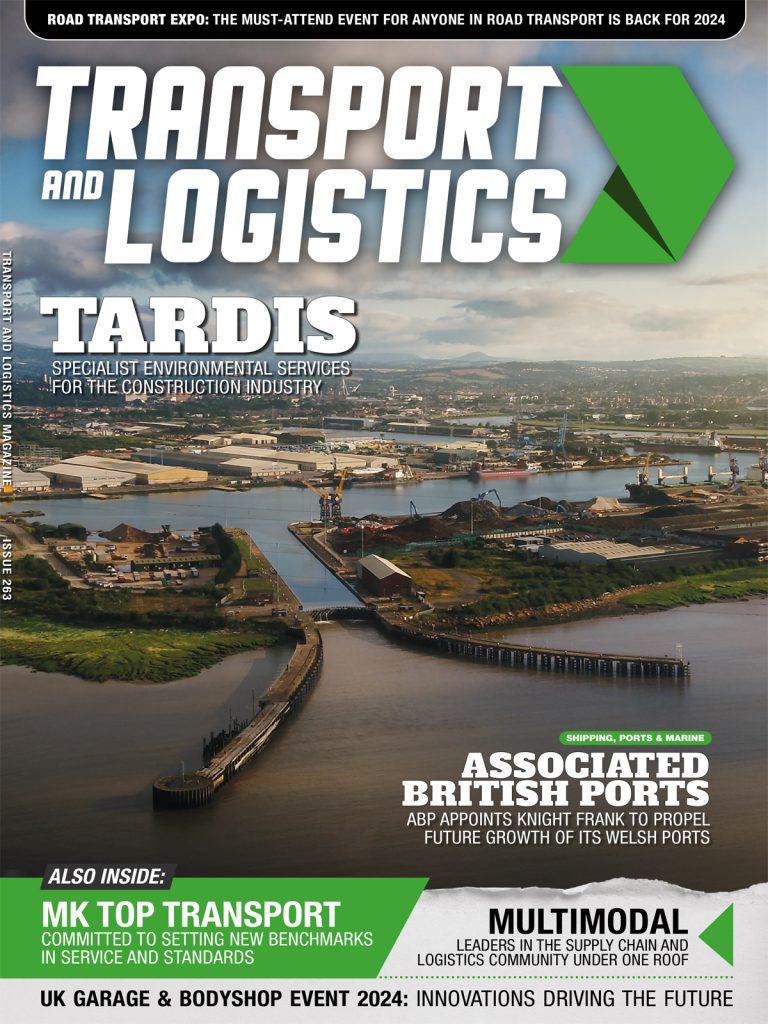New industry index data reveals March’s average freight prices were up 12% year-on-year. This comes as the whole UK supply chain is feeling the knock-on effects of the Ukraine invasion, with impacts on businesses and consumers.
The average price-per-mile for haulage and courier vehicles increased from 100.6 points to 112.2 points between March 2021 and March 2022, according to the TEG Road Transport Price Index. These year-on-year increases have now continued for 14 months due to Brexit, driver shortages, high fuel prices and various other factors.
From February to March 2022, the price-per-mile increased by 2.6 points. This follows the pattern of previous years, with a drop between December and February, then an uptick in March. Where the picture differs from previous years is that the 2022 figures are much higher overall.
High fuel prices have been putting a massive strain on the road freight industry. To illustrate the scale of the price rises, in January 2021, the oil price was around $50 per barrel – but in just over a year it has more than doubled to reach about $140 this March’
The war in Ukraine and subsequent disruption to global fuel supplies has exacerbated the issue, necessitating a 5p per litre cut to fuel duty in Chancellor Rishi Sunak’s Spring Statement. Although smaller retailers have yet to pass the savings on, the US releasing huge reserves of oil is having a more immediate effect, resulting in a short-term crude oil price fall.
However, high prices at the pumps have already had significant impacts on both businesses and consumers.
After a period of relative stability, the supply chain is again coming under serious stress, due to the war in Ukraine and rising energy costs. Some manufacturers are facing shortages of components produced in Russia, while farmers’ costs are rocketing due to the price of gas, needed for fertiliser and heating greenhouses. Even McDonald’s is not immune: the fast food giant is downsizing its burgers to cope with a tomato shortage.
At the end of the supply chain, cost of living rises have been well documented, with expenses surging for two-thirds of UK adults, according to ONS data. In addition to increasing food prices, we can also expect shortages on the supermarket shelves.
Lyall Cresswell, CEO of Transport Exchange Group, said: “There are so many factors pushing road freight costs up right now, and the war in Ukraine is adding to an already uncertain situation. Unfortunately, there’s no end to the conflict in sight, so its knock-on effects will continue for some time. The cost of living won’t plummet overnight either.
“However, governments are pulling various levers to alleviate the situation and ease supply chain issues. How quickly we see any results is another matter, of course, and events remain unpredictable.
“One thing is for certain though, with continued inflation and high prices reflected by the index, we can expect to see another year-on-year increase in the index. Even if costs do drop, they have some way to go to reach 2021 levels and the UK supply chain needs to continue showing resilience.”
Transport and Logistics Magazine | The Home of Transport Industry News














